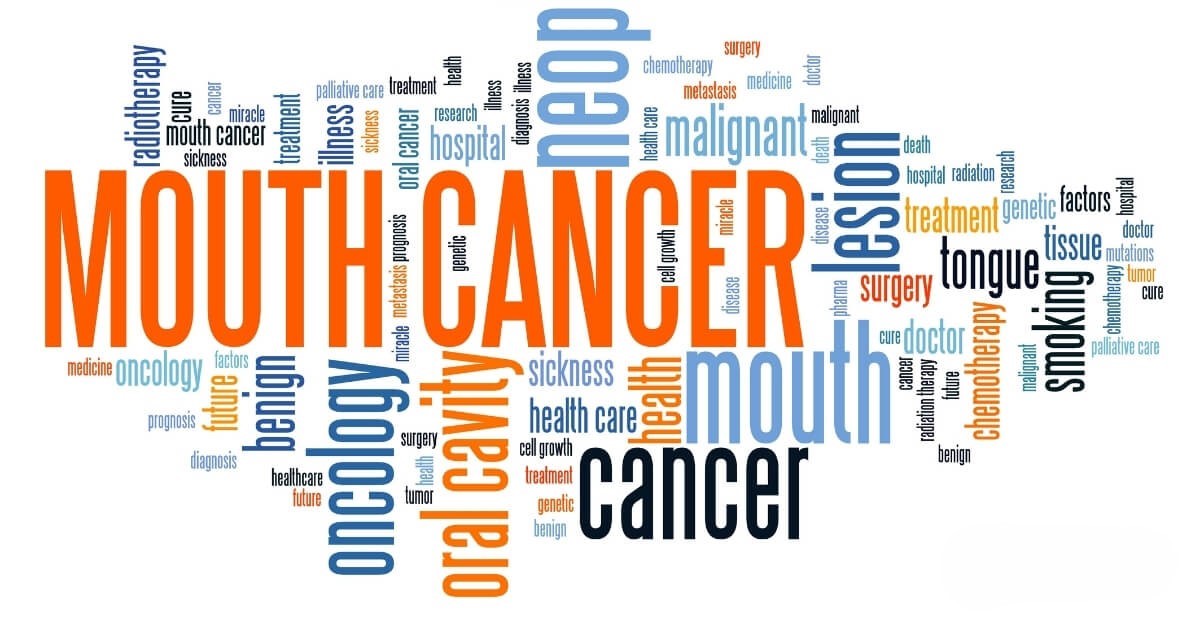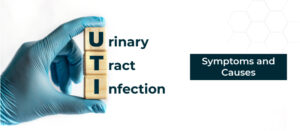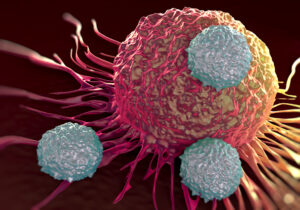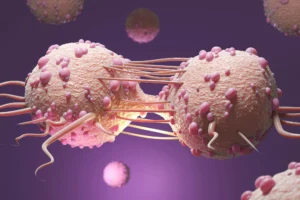Cancer is one of the most terrifying and urgent medical challenges. It’s especially true for the deadliest forms of this disease. Knowing how long people live with these types of cancer isn’t just educational but necessary as well. However, it’s essential not to neglect prevention while dealing with gloomy statistics. Prevention gives us hope, and by doing so, we learn what exactly we can do to save lives from some of the deadliest types of cancers humanity has ever faced.
Let’s move forward in cancer prevention efforts with knowledge-fueled resilience and awareness that will see us through complex pathways toward a future where most lives can be saved from these killer diseases through collective action against them.
Understanding and Preventing Survival Rates for the Deadliest Cancers
Cancer presents itself in various forms, some being more severe than others. It’s, therefore, important for individuals and healthcare providers to understand different survival rates. Such knowledge allows one to take steps towards cancer prevention and early detection, which can significantly enhance their chances of surviving after diagnosis has been made known or when they have contracted any form they might be vulnerable to contracting during their lifetime. Let’s look at some facts concerning living longer with the deadliest cancers.
Globally ranked among the top killers; prognosis depends on the stage at presentation, e.g., localized versus metastatic disease, etcetera. If treated accordingly, the patient may survive longer than expected.
According to the American Cancer Society, only 4% of patients diagnosed during the first year will still be alive five years later, whereas those whose condition was identified early enough will live up to 17%. This is quite impressive, though not good either, considering that this leaves out the majority of people suffering from it.
Ways we can prevent it include quitting smoking, avoiding secondhand smoke, and staying away from environments with high levels of radon gas.
This type tends to spread rapidly around the body, making treatment difficult, especially when detected late stage(s) have already been reached, hence its reputation for being aggressive or even incurable sometimes.
A mere 10% chance exists for an individual diagnosed with ‘pancreas’ (as commonly referred to) to still be alive beyond five years after diagnosis, but this, too, can vary depending on how soon one starts getting treated and their overall health status at the time.
Some lifestyle changes like controlling weight gain within healthy limits, moderate alcohol consumption, if any, plus no smoking may help someone reduce risk factors associated with developing ‘cancer of the pancreas’, thus minimizing chances that they might get affected by it.
One reason why survival rates are low for liver tumors lies mainly in the fact that cancer cells originating here easily travel to other parts of the body (metastatic spread), rendering surgical intervention ineffective.
Statistically speaking, only about eighteen percent survive more than half a decade post-diagnosis, although chances could be much higher provided early signs were noticed so that appropriate intervention measures were taken promptly.
Prevention methods involve hepatitis B vaccination along with safe injection practices to avoid exposure to the hepatitis C virus, besides limiting alcohol intake, among others.
Esophageal Cancer:
Being an aggressive form of malignancy often leading to poor prognosis, particularly in advanced stages where the outcome becomes bleak, the esophagus has been known to kill many patients.
Survival rate ranges between five and forty-seven percent throughout five five-year duration depending upon the level of disease involvement at the time diagnosis was made.
Preventive strategies encompass healthier dietary patterns rich in fruits and vegetables, eliminating tobacco use, avoiding alcoholic drinks, and managing acid reflux, among other measures.
Preventative Measures:
Screen for cancer regularly. By doing so, it can be detected before spreading to other parts of the body, thus increasing the chances of living longer.
To reduce cancer incidences, it is essential to live healthily, which includes eating a balanced diet, doing physical activities regularly, and staying away from tobacco or alcohol.
Hepatitis B and human papillomavirus (HPV) vaccines protect against infections that may lead to cancer.
Ensuring people are aware of the signs and risk elements of cancer can help in early detection and intervention, which could save lives.
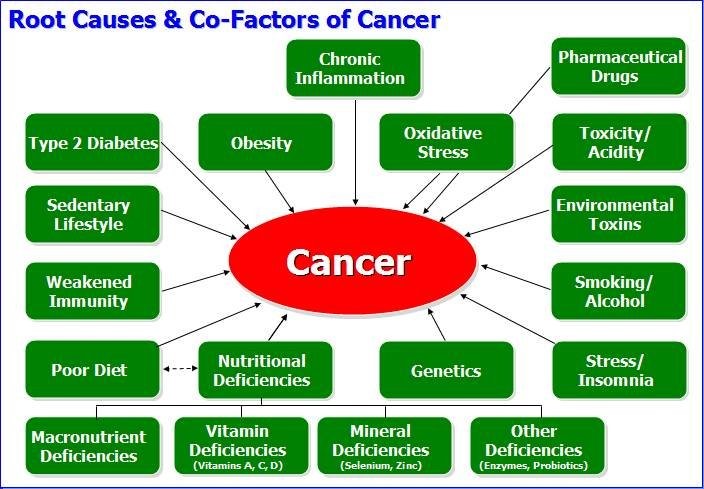
Preventing the Deadliest Cancers: A Guide to Healthier Living
When it comes to fighting cancer, there is no better strategy than prevention. While some types remain incurable, one can significantly reduce their chances of getting these by focusing on preventive measures. So, what are effective ways to prevent ourselves from contracting this fatal disease?
Lifestyle changes such as healthy eating habits; vaccination against specific viruses like hepatitis B virus or human papillomavirus (HPV), among others; creation of awareness about common signs and symptoms associated with different forms so that they can be detected early enough, thereby increasing chances for cure.
Tobacco Use:
Smoking cigarettes causes many types, including lung, esophageal, and pancreatic cancers, among others.
Stopping smoking altogether, together with avoiding secondhand smoke exposure, greatly reduces risks related to those mentioned above.
Diet And Weight Management:
Following a healthy balanced diet comprising mainly fruits, vegetables, whole grains, lean meats, etcetera will not only keep you fit but also lower your probability of contracting obesity-related cancers like colorectal liver, etcetera.
In addition to that, it is recommended that people should cut down on their intake of processed meat, sugar-sweetened beverages, and high-fat foods, among others, since this will further minimize chances of getting affected by cancer-causing agents.
Regular engagement in physical exercises helps maintain general body fitness, thus reducing risks associated with various forms, including breast cancer, which affects women primarily.

